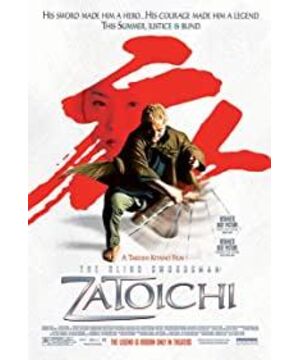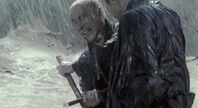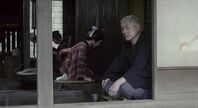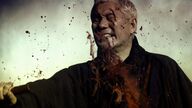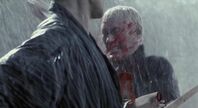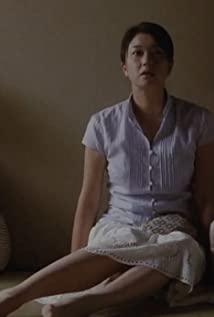2. The massacre scene should be fast, accurate, and ruthless. Don’t think that slow motion can render the beauty of violence, which actually deepens the audience’s stripping and questioning of the image. Of course, we must use technology as the support
3, use the unique culture and the state of people under the culture to write characters with different personalities and identities
4, at the same time, parallel editing of the two spaces. compact and orderly.
5. The story reflects the good wishes of peace, but it is still the rule of violence
. 6. The grand carnival at the end is quite wonderful. He began to hoe in the field, and the details of building a house in the latter part constituted the rhythm of the music,
and it was so heartwarming that he tripped over a stone "even if I opened my eyes, I couldn't see anything". How can a bloody life be truly happy, it is better to turn a blind eye to all the ugly
8, the narrative still adheres to the Hollywood formula, an omnipotent hero who maintains justice, but is very low-key, and does not shoot until the critical moment; two weak people who need redemption , ten years of hatred; a group of villains, rampant and domineering; a gangster who doesn't know the sinister and kind-hearted aunt
Audience psychology: sympathize with the weak, hate the bad guy, and place the desire to punish the evil and eradicate the evil; Children constitute small laughs and condiments to ease tension, add life and ease rhythm.
PS still believes that Japanese movies are motivated by Bushido spirit and beliefs, which are very convincing. And it has a direct light on human nature and reality
View more about The Blind Swordsman: Zatoichi reviews


